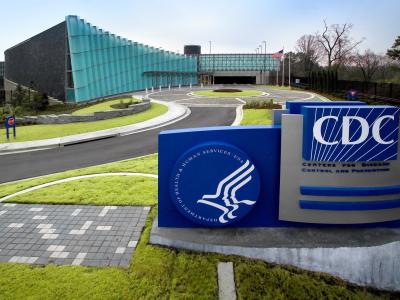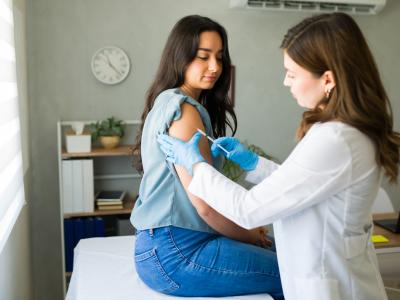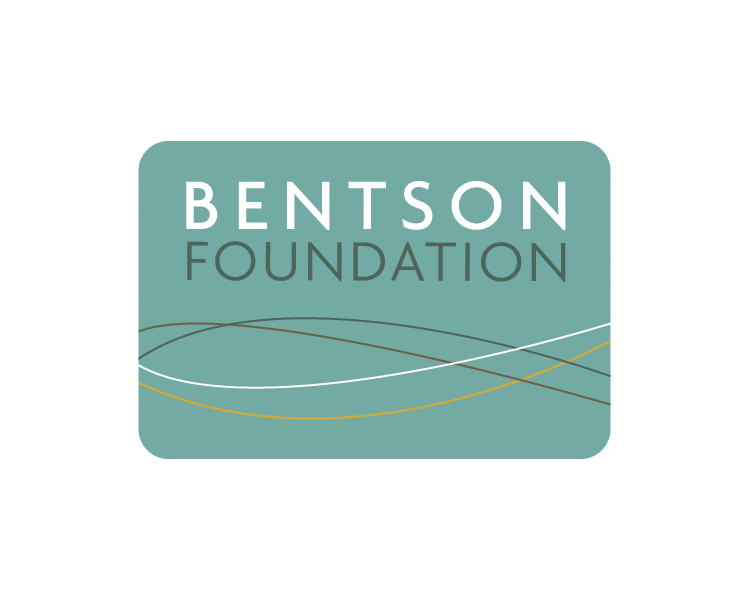
The current US hot spots for measles activity both reported new confirmed cases over the weekend, including exposures at a high school and an international airport.
Officials in Utah, which has been battling a simmering outbreak in the southwestern part of the state, confirmed five new measles patients in Wasatch County in the north, east of Provo. They are the first measles patients identified in that county this year.
All five patients are students at Wasatch High School, according to The Salt Lake Tribune. Two more possible cases are being investigated, the newspaper reported.
At least one student attended school activities and classes while infectious. The cases will push the Utah measles case count over 90.
10 children now dead in Israel
In South Carolina, officials late last week reported three new cases in the Upstate area, raising the state total to 55 and the Upstate outbreak to 52.
"Two of the cases are household members of known cases. A third is the result of unknown community transmission," officials said. Additionally, state officials said travelers at the Greensboro-Spartanburg International Airport may have been exposed to measles by an infectious employee during the week of November 10.
Finally, in international news, a tenth child in Israel has died from measles as part of a large, ongoing outbreak. The child was 18 months old and unvaccinated. He had arrived at an emergency department yesterday in critical condition.















